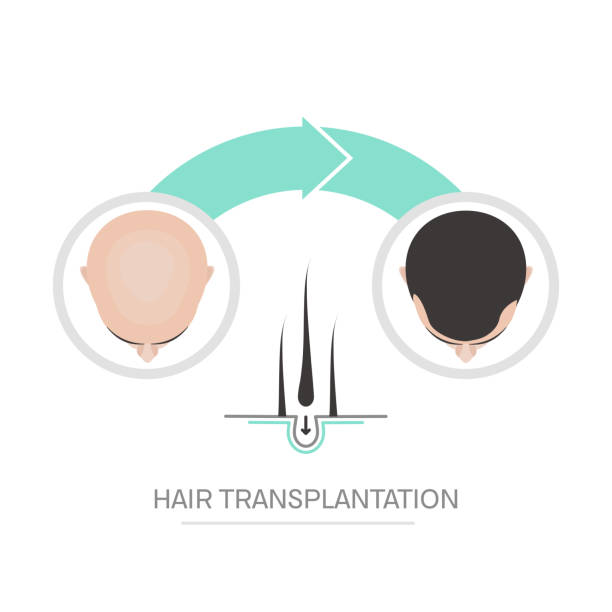So you’ve taken a great photo – or at least one that could be great with a little tweaking. Maybe the lighting is off, the colors feel dull, or you just want to give it that professional pop. That’s where photo editing comes in.
For beginners, diving into photo editing can feel overwhelming. But here’s the truth: you don’t need to be a Photoshop wizard to make your photos shine. With the right tools and a few simple techniques, you can start editing your pictures like a pro in no time.
This guide breaks down everything you need to know to get started – from choosing beginner-friendly software to learning the essential edits that make the biggest difference.
What Is Photo Editing (And Why It Matters)?
Photo editing is the process of enhancing images after they’ve been taken. It can be as simple as brightening a dark photo or as advanced as creating surreal, artistic compositions.
For beginners, editing is mostly about improving what’s already there – fixing exposure, adjusting color, and making the subject stand out. Even basic edits can help your photos look cleaner, more vibrant, and more professional. Whether you’re shooting on a phone or DSLR, a good edit can take your photo from “meh” to “wow” with just a few tweaks.
Choose the Right Photo Editing Software
There’s no shortage of editing tools out there, but not all are beginner-friendly. Here’s a breakdown of some great options to get you started:
Desktop Tools:
- Adobe Lightroom: Powerful and intuitive, ideal for beginners and pros alike.
- Photoshop: Great for detailed edits, but has a steeper learning curve.
- Canva: Perfect for simple edits and social media content.
Mobile Apps:
- Lightroom Mobile: Syncs with desktop and offers powerful editing on the go.
- Snapseed: Free and beginner-friendly with pro-level tools.
- VSCO: Known for its stylish presets and filters.
- PicsArt: Fun, creative, and easy to use.
Most of these tools offer free versions or trials, so you can test them out before committing.
Understand the Basics of Editing (No Jargon Here)
Here are the core tools you’ll use when editing, explained in plain English:
- Exposure: Controls how light or dark your photo is.
- Contrast: Enhances the difference between light and dark areas.
- White Balance/Temperature: Adjusts the warmth or coolness of colors.
- Saturation & Vibrance: Boosts color intensity – vibrance is more subtle and natural.
- Cropping & Straightening: Helps with framing and fixing tilted shots.
- Sharpening: Makes details more defined.
Most apps have an “auto” button that adjusts these for you. Use it to get a feel for how each edit affects the image, then start tweaking manually to develop your style.
Follow a Simple Step-by-Step Workflow
To avoid overwhelm, try this easy editing workflow for every photo:
- Crop & straighten – Clean up the framing first.
- Fix exposure & contrast – Make the image pop without blowing it out.
- Adjust white balance – Add warmth or coolness for the right mood.
- Boost vibrance/saturation – Carefully enhance colors.
- Sharpen & reduce noise – Especially important for low-light shots.
- Save or export – Keep a copy of the original for comparison.
As you get more comfortable, you’ll start to develop your own process, and it’ll become second nature.
Don’t Overdo It: Keep It Natural
The biggest beginner mistake? Over-editing. Over-sharpened images, super-saturated skies, and overly smooth skin can make photos look fake or unprofessional.
Try to keep your edits subtle. Think of editing like seasoning food – you want to enhance the flavor, not drown it. Look at professional photographers’ work to get a feel for tasteful editing.
Practice Makes Progress
No one nails photo editing overnight. The more you practice, the better your eye becomes. A great exercise is to re-edit older photos as your skills improve. You’ll be amazed at how your approach changes.
There are also some fun tools out there that can add a twist to your editing journey. For instance, tools like Undress AI let users experiment with AI-powered transformations that go beyond traditional editing – useful for creative inspiration, digital art concepts, or even stylized photo effects.
Final Tips & Tools for Beginners
Here are a few extra suggestions to keep your editing journey fun and frustration-free:
- Use presets to learn how edits are applied (many apps offer them for free).
- Watch tutorials on YouTube or TikTok that match your software.
- Join communities or editing challenges to get feedback and stay motivated.
- Experiment with AI editing tools like Undress AI to explore how artificial intelligence is changing the photo editing space.
Remember, even pro editors started as beginners. You’re learning a skill that improves every time you open an editing app.
Conclusion
Photo editing doesn’t have to be complicated. With just a few tools and a basic understanding of the essentials, you can take your photos from average to eye-catching in minutes.
Start small – edit one photo today using exposure, contrast, and white balance adjustments. Once you get the hang of it, you’ll never look at your photos the same way again.
Have questions or want more editing tips? Drop them in the comments – we’re here to help you sharpen your skills and build your confidence.


